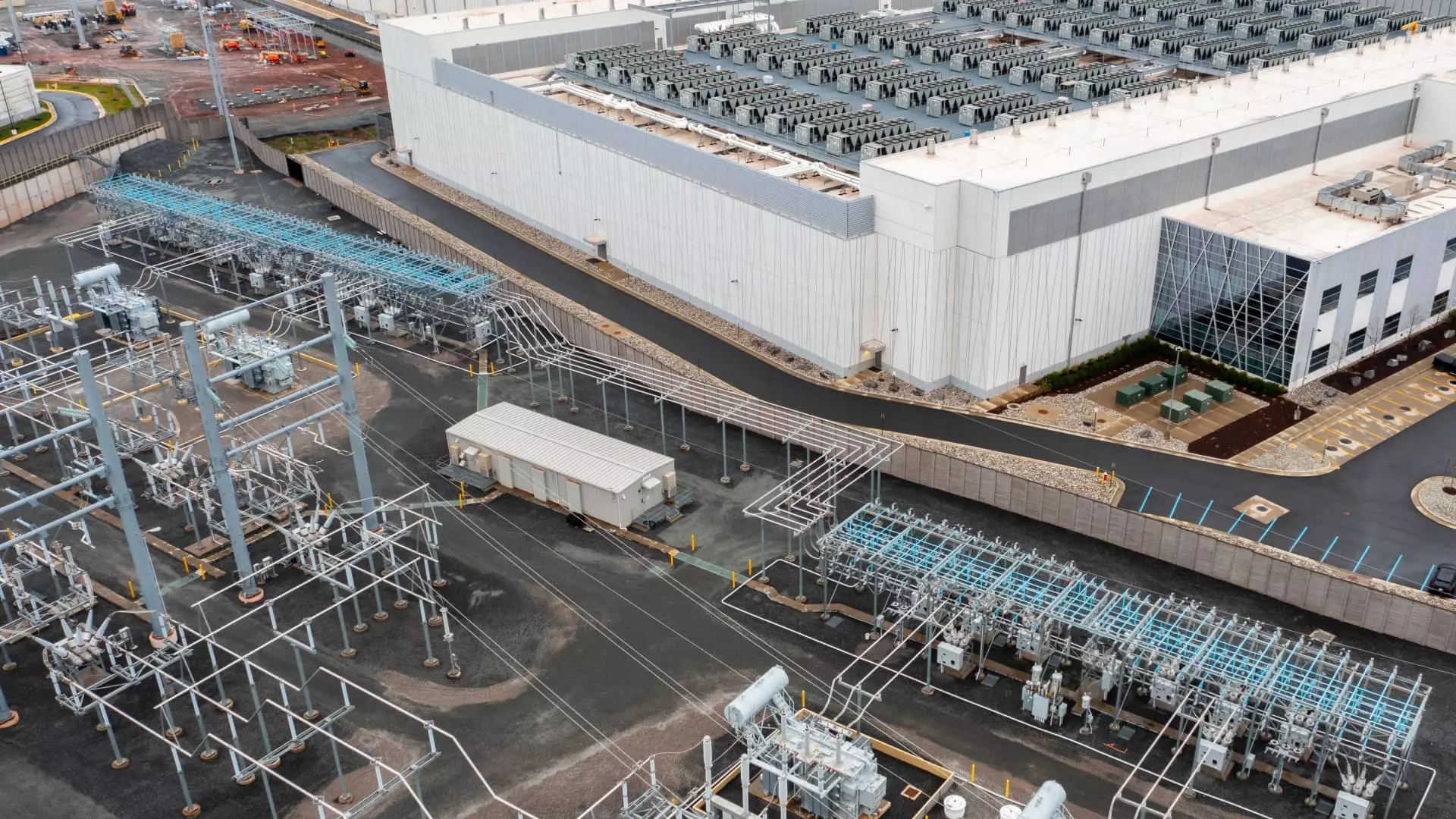The intersection of technology and energy has taken center stage in recent discussions around sustainable power sources, particularly as the demand for artificial intelligence (AI) and cloud computing continues to soar. A recent decision by the Federal Energy Regulatory Commission (FERC) serves as a stark reminder of the complex dynamics involved in powering data centers with nuclear energy. The rejection of a request for increased power allocation to an Amazon data center, partially fueled by nuclear energy from the Susquehanna plant in Pennsylvania, signals both a set-back and a magnifying glass on the obstacles facing the marriage of tech and nuclear power.
The FERC’s disapproval of Talen Energy’s request to expand power distribution from 300 megawatts to 480 megawatts for an Amazon data center marks a pivotal moment in this unfolding narrative. The arrangement, touted as groundbreaking within the industry, promised a model where data centers could leverage renewable and reliable nuclear energy as one of their main power sources. However, the regulator’s move has led to tremors in the market, with Talen’s shares suffering a notable decline, followed by similar losses for other energy firms such as Constellation Energy and Vistra Corp. This suggests that investor confidence is closely tied to the potential for such deals, highlighting the profound impact that regulatory decisions can wield.
Talen Energy has been quite vocal about the implications of FERC’s ruling, claiming it could severely stifle economic development in key states such as Pennsylvania, Ohio, and New Jersey. By restricting the potential for innovative energy-distribution strategies, regulatory bodies may inadvertently deter investment and slow the momentum needed for burgeoning industries like AI and cloud computing to thrive.
At the heart of this controversy lies the concept of co-location. This term refers to the strategy of colocating energy production with energy consumption. In this case, Talen Energy’s arrangement with Amazon could have presented a paradigm shift for energy sources utilized by data centers and, by extension, tech-driven industries. FERC Commissioner Mark Christie highlighted that such co-location agreements could dramatically affect grid reliability and overall consumer costs. In a world where utilities are grappling with the rising electricity demands of AI-powered facilities, the rejection showcases the ongoing friction between innovation and regulatory caution.
Yet, it’s essential to interrogate why regulators might hesitate. The push for increased capacity from nuclear plants raises concerns about safety, environmental impact, and the financial viability of such undertakings. These issues complicate what could otherwise be seen as a straightforward agreement aimed at meeting the surging energy demands of modern technology.
The landscape of energy sourcing for data centers is undergoing a seismic shift. As AI and cloud computing continue to drive energy demand skyward, alternative sources like nuclear power are drawing increased attention. The appeal of nuclear energy lies in its reliability and lack of carbon emissions. Companies like Vistra and Constellation have exhibited remarkable stock performance, showcasing investor optimism about the long-term synergy between energy providers and tech companies.
However, while the market appears bullish on such partnerships, the FERC decision serves as a cautionary tale. Tech firms looking to secure reliable and clean energy must navigate a regulatory minefield that can dictate whether their projects become feasible. The failure to secure this landmark agreement between Talen and Amazon echoes a growing concern that attracting investment in nuclear power requires more than a good business model—it necessitates overcoming regulatory reluctance.
As the world teeters on the brink of a new energy paradigm, it’s crucial for regulators, energy producers, and tech firms to find a way to collaborate harmoniously. The FERC’s decision underscores a crucial need for dialogue between these parties. Initiatives that could address both regulatory concerns and the urgent energy demands of the tech industry are necessary to pave the way for integrated solutions that could benefit all stakeholders.
Moving forward, a recalibration of policies could provide a robust framework for partnership and innovation, creating pathways for the sustainable expansion of nuclear energy in the context of ever-growing technological needs. The future could potentially usher in a new age of energy co-management; however, realization of this vision hinges on dismantling barriers laid by regulatory measures and fostering an environment conducive to innovation.

